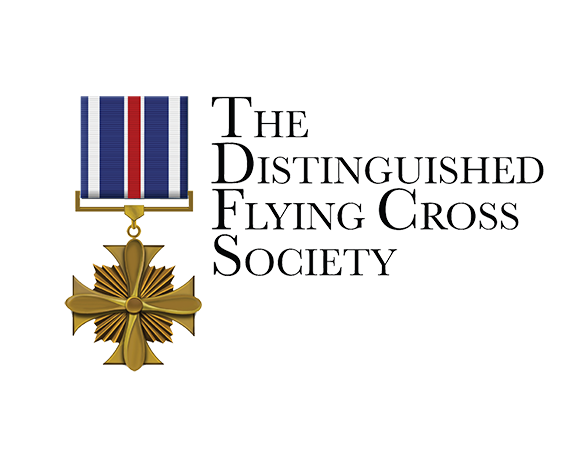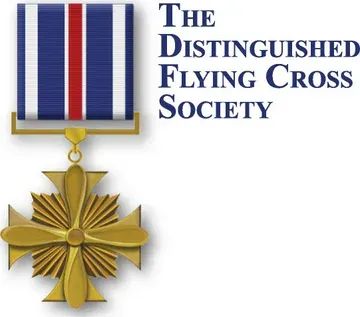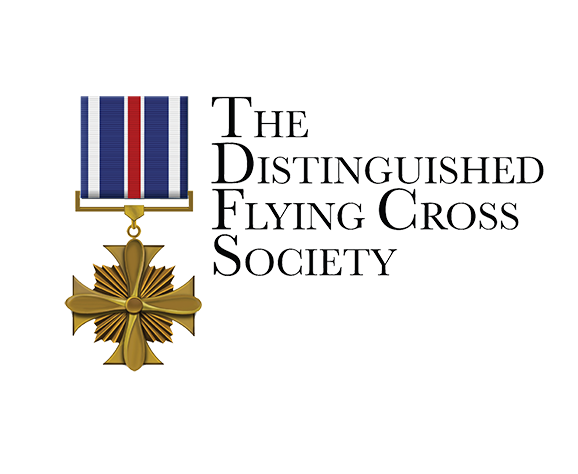Patrick H. Brady
AWARDED DFC:
6
CONFLICT/SPACE FLIGHT/EVENT: Vietnam
MODEL: -
Citation: 1.)
The President of the United States takes great pleasure in presenting the Distinguished Flying Cross to Captain Patrick H. Brady, Medical Service Corps, for heroism and extraordinary achievement while participating in aerial flight in the Republic of Vietnam on 21 June 1964. As a Pilot of a helicopter ambulance, Captain Brady displayed professional skill, fortitude, and determination while participating in an aerial medical mission to evacuate several wounded Vietnamese troops from the scene of a vicious battle with the Viet Cong. Although his helicopter was struck by enemy gun fire which wounded the Aircraft Commander, Captain Brady succeeded in landing the helicopter ambulance in the middle of the battlefield. Despite exposure to multiple weapons fire, he bravely remained in this position to assist in the treatment and loading of the wounded. For thirteen hours and into the darkness of night, he repeatedly landed the helicopter in the combat zone to rescue the wounded, administer treatment, and evacuate the casualties. Throughout the hazardous situation he demonstrated sound judgment, indomitable courage, and dedicated devotion to duty. Captain Brady's heroic conduct and outstanding flying ability are in the highest traditions of the United States Army and reflect distinct credit upon himself and the military service.
2.)
The President of the United States takes great pleasure in presenting the Distinguished Flying Cross to Captain Patrick H. Brady for heroism while participating in aerial flight. Captain Brady distinguished himself by heroic action on 11-12 July 1964, in the Republic of Vietnam. On these dates, Captain Brady was serving as Aircraft Commander of a helicopter ambulance, when he received instructions to proceed to the area of Vinh Cheo, where a battle was in progress between units of the Vietnamese Army and the communist Viet Cong. Immediately upon entering the area, Captain Brady's aircraft became the target of hostile fire. This fire remained constant and deadly throughout the rescue operation which required continuing low-level and low-speed flying in order to locate the wounded. Despite the necessity for hovering while the wounded were loaded, thus exposing himself even more to the hostile fire, Captain Brady repeatedly placed himself in positions of danger, as he made trip after trip into the hostile zone in order to evacuate the wounded soldiers. Throughout the day and well after midnight Captain Brady continued to demonstrate outstanding flying ability, sound judgment and devotion to duty, as he continued to search the battlefield for additional wounded requiring evacuation. His daring, courage and determination under fire permitted the successful rescue of one hundred and eleven wounded soldiers. Captain Brady's actions were in keeping with the highest traditions of the United States Army and reflect great credit upon himself and the military service.
3.)
The President of the United States takes great pleasure in presenting the Distinguished Flying Cross to Major Patrick H. Brady for heroism while participating in aerial flight, evidenced by voluntary actions above and beyond the call of duty in the Republic of Vietnam. Major Brady distinguished himself by exceptionally valorous actions on 29 September 1967 while serving as Aircraft Commander of an ambulance helicopter on a medical evacuation mission near Tam Ky. He was called upon to evacuate nine critically wounded soldiers of a company engaged in a firefight with a large North Vietnamese Army force. Although warned by the Ground Commander that the battle was still raging, Major Brady immediately volunteered to attempt the rescue mission. Hostile fire began raking the unarmed helicopter as it neared the area. Placing the needs of the wounded soldiers on the ground above his own safety, he continued his approach into the confined landing zone. The intense enemy barrage wounded two crew members, and the Ground Commander radioed and advised him to depart in order to save the crew and aircraft. Major Brady instead chose to brave the savage hail of bullets until all the casualties had been loaded aboard. Only then did he skillfully maneuver his crippled helicopter from the battlefield to safety. His courageous efforts were responsible for saving the lives of several fellow soldiers. Major Brady's outstanding flying ability and devotion to duty were in keeping with the highest traditions of the military service and reflect great credit upon himself, his unit, and the United States Army.
4.)
The President of the United States takes great pleasure in presenting the Distinguished Flying Cross to Major Patrick H. Brady for heroism while participating in aerial flight evidenced by voluntary actions above and beyond the call of duty in the Republic of Vietnam. Major Brady distinguished himself by exceptionally valorous actions on 8 October 1967 as the Aircraft Commander of an ambulance helicopter on a rescue mission near Tam Ky. An airborne unit engaged an enemy force and sustained numerous casualties who urgently required medical evacuation. Three other rescue helicopters had unsuccessfully attempted to extract the wounded. Major Brady nevertheless braved high winds, torrential rains, and zero visibility as he flew his aircraft at a very slow speed and a dangerously low altitude to reach the proposed pickup site. By following streams and trails and hovering sideways to take advantage of the little visibility available, he arrived over the tiny jungle landing zone located on a mountainside. In addition to the totally adverse weather conditions, his ship was also subjected to intense hostile fire in the landing zone. Disregarding all hazards, Major Brady made several trips in and out of the area during both daylight and darkness until all the wounded were evacuated. His determination and courage contributed to saving many lives. Major Brady's outstanding flying ability and devotion to duty were in keeping with the highest traditions of the military service and reflect great credit upon himself, his unit, and the United States Army.
5.)
The President of the United States takes great pleasure in presenting the Distinguished Flying Cross to Major Patrick H. Brady for heroism while participating in aerial flight evidenced by voluntary actions above and beyond the call of duty in the Republic of Vietnam. Major Brady distinguished himself by exceptionally valorous actions on the night of 21 October 1967 as the Commander of an ambulance helicopter on a mission west of Chu Lai. He volunteered to attempt the rescue of seven seriously wounded soldiers who were trapped in mountainous jungle terrain during one of the most intense storms of the year. Unable to locate the landing zone, Major Brady resumed the search after refueling and was finally guided to the site by flares. As he took off with his first load of casualties, he came under heavy machine gun fire. Flying through the clouds by instruments, he reached the hospital and then returned for the remaining wounded men, successfully evacuating them also. Major Brady then flew through machine gun fire to a second landing site to rescue another unit's casualties. Major Brady's outstanding flying ability and devotion to duty were in keeping with the highest traditions of the military service and reflect great credit upon himself, his unit, and the United States Army.
6.)
The President of the United States takes great pleasure in presenting the Distinguished Flying Cross to Major Patrick H. Brady for heroism while participating in aerial flight evidenced by voluntary actions above and beyond the call of duty in the Republic of Vietnam. Major Brady distinguished himself by exceptionally valorous actions on 18 January 1968 as Aircraft Commander of an ambulance helicopter on a rescue mission west of Tam Ky. The pickup site was in mountainous jungle terrain blanketed by thick ground fog and friendly forces were in heavy contact with an enemy unit directly adjacent to the landing zone. Because visibility out the windshield was zero, Major Brady was forced to direct his ship sideways through the fog so he could see out his side window. As he began to close on the wounded, he was forced to turn on his landing light. This made his ship an excellent target, and it began receiving intense enemy fire. Disregarding his personal safety, Major Brady continued his approach. He landed in an area which, minutes before, had received ten direct hits from mortar fire. Remaining calm, he waited as the wounded were loaded under fire and then skillfully flew through the fog to a hospital. Major Brady's outstanding flying ability and devotion to duty were in keeping with the highest traditions of the military service and reflect great credit upon himself, his unit, and the United States Army.


